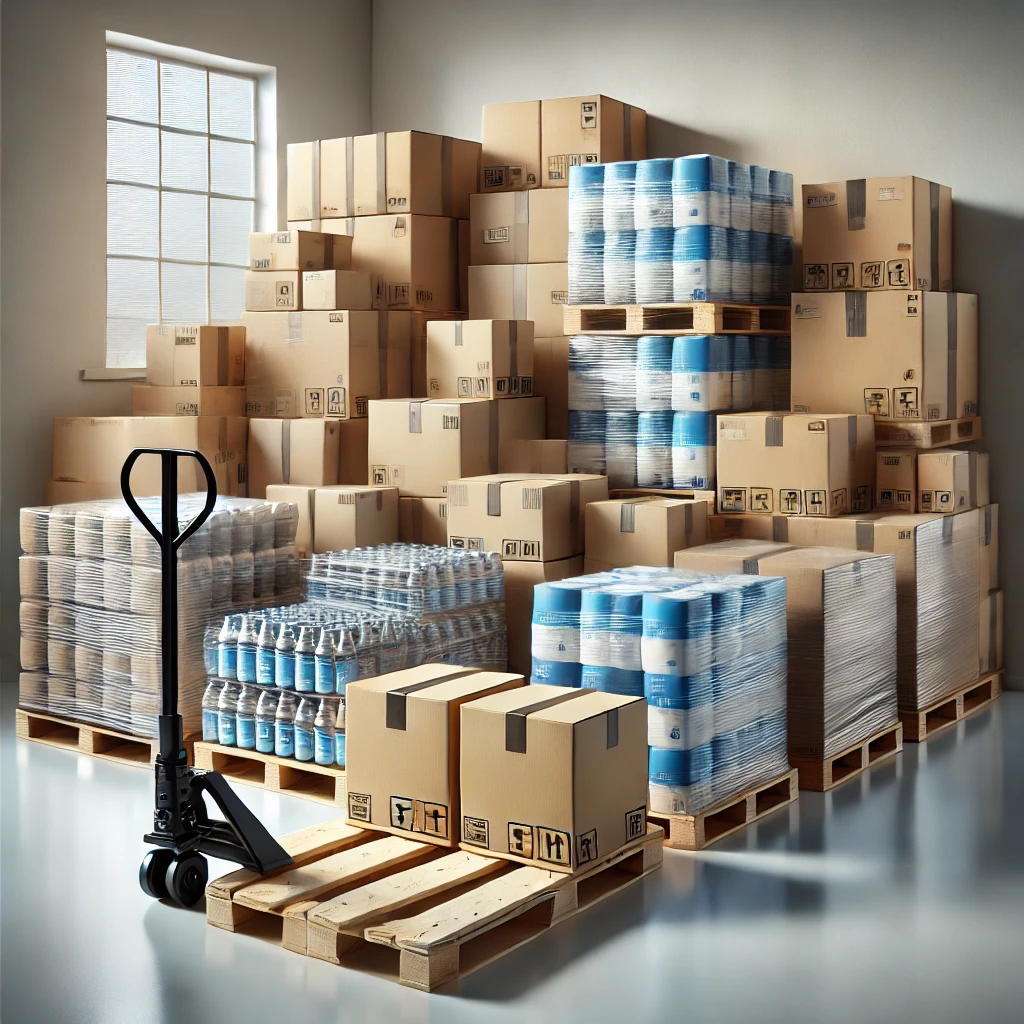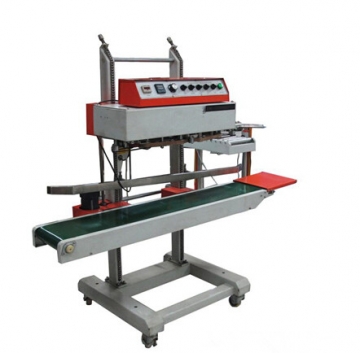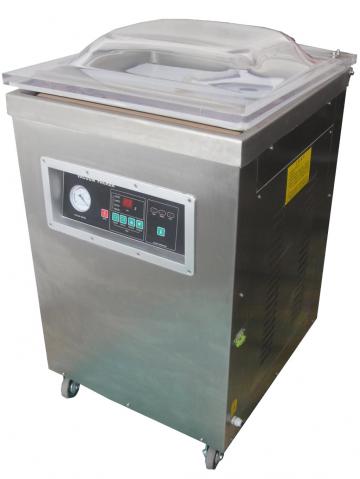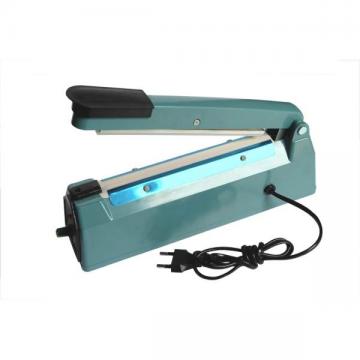
Originally Published June 2nd, 2022
Last Updated October 30, 2025
Packaging equipment plays a crucial role in ensuring the reliable packaging, storage, and transportation of products. These machines automate the packaging process, which is often the final but essential stage of manufacturing. By leveraging advanced packaging solutions, businesses can enhance efficiency, product safety, and overall productivity. The primary goal of this equipment is to streamline and automate labor-intensive tasks, ensuring the quality, speed, and cost-effectiveness of production.
Key Features of Packaging Equipment
The demand for packaging equipment is steadily increasing, fueled by the rapid growth of the packaging industry across a wide range of sectors. High-tech packaging machinery is continuously replacing manual and semi-automatic processes, driving the adoption of automation and innovation across industries. In today’s competitive market, technological advancements have become a key differentiator, allowing companies to upgrade their packaging lines with highly efficient solutions.
The adoption of modern, advanced packaging machinery has become a priority for companies looking to maintain competitiveness and increase output. To select the ideal packaging equipment, businesses need to assess specific machine features and functions carefully. Each type of packaging device is designed to address unique needs, making it critical to match the machinery with the packaging requirements.
Levels of Automation in Packaging Equipment
Packaging equipment is typically classified by the level of automation and type of packaging required:
- Manual Packaging Equipment: Stand-alone devices that require manual operation for product packaging.
- Semi-Automatic Packaging Equipment: These devices function with the assistance of an operator and are ideal for businesses that need to balance automation with manual control.
- Automatic Packaging Equipment: Fully automated machines that operate independently or can be integrated into a broader packaging line to achieve maximum productivity.
Packaging machinery is widely used across various industries, from food to non-food sectors, due to its accuracy, speed, and reliability. Automated systems help companies enhance production volume and elevate their overall quality standards.
Types of Packaging Equipment
Packaging equipment is often categorized based on the type of packaging it supports: consumer packaging, transport packaging, production packaging, and specialty packaging. These categories serve diverse needs in today’s marketplace. Packaging machines can be fully automatic or semi-automatic, tailored to the nature of the product being packaged.
Here are some commonly used types of packaging equipment:
- Continuous Band Sealers: These machines allow manufacturers to seal plastic bags, pouches, and other materials quickly and efficiently.
- Filling / Weighing Machines: Filling machines allow an operator to package a bulk material into smaller, specifically measured quantities, making them perfect for a packaging line. Filling machines are capable of handling dry goods by weight and liquids / pastes by volume.
- Shrink Wrapping Machines: These machines use shrink film to tightly wrap products, providing moisture and bacteria protection.
- Pallet Wrappers: Pallet wrappers are used to secure products on pallets with stretch wrap, ensuring safe and stable transportation.
- Box Sealers: Versatile machines used for sealing cardboard boxes, either with tape or adhesive.
- Box Formers: Devices that assemble cardboard boxes from flat blanks, ready for filling.
- Strapping Machines: Used to secure bulky or irregular products with strapping tape.
- Markers: Equipment used to mark essential information on products for identification and tracking.
- Strapping Tools: Similar to strapping machines, these tools are used to bundle products together or secure them for shipment.
Benefits of Automated Packaging Equipment
Businesses are increasingly looking for solutions to counter rising operational costs and improve production sustainability. Automating the packaging line is one effective strategy to enhance productivity, save costs, and maintain consistent profit margins.
Packaging is a critical element of any production line, protecting goods from damage and environmental factors during storage and transport. Automated packaging equipment can significantly improve productivity, reduce operational time, and increase production speed. In addition, the return on investment (ROI) is often determined by the efficiency gains and cost savings achieved by adopting these advanced systems.
Automated packaging systems process goods faster than manual operations, while also providing a safer working environment for operators by reducing the risk of injury. Moreover, automated packaging can cut down on material and labor costs, while ensuring consistent quality thanks to standardized processes. Additionally, modern packaging machines are designed to optimize material usage and reduce waste, often integrating technologies that allow packaging waste to be recycled into raw materials.
No matter the type of product, there is a packaging solution that can be customized to meet your needs. Advanced packaging systems are designed for flexibility, allowing businesses to deliver the ideal package to their customers every time.




